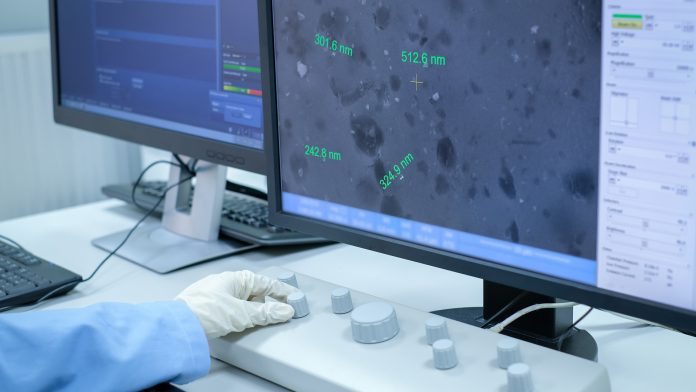Chemists at Emory University, USA, have developed a shapeshifting collagen-based nanomaterial that can shift from flat sheets to tubes and back to sheets again.
As reported in the Journal of the American Chemical Society, the collagen-based nanomaterial holds the potential to improve upon a range of biomedical applications, from controlled-release drug delivery to tissue engineering.
The nanomaterial, which in sheet form is 10,000 times thinner than the width of a human hair, is made of synthetic collagen. Naturally occurring collagen is the most abundant protein in humans, making the new material intrinsically biocompatible.
Vincent Conticello, senior author of the finding and Emory professor of biomolecular chemistry, said: “No one has previously made collagen with the shape-shifting properties of our nanomaterial. We can convert it from sheets to tubes and back simply by varying the pH, or acid concentration, in its environment.”
Collagen is the main structural protein in the body’s connective tissue, such as cartilage, bones, tendons, ligaments, and skin. It is also abundant in blood vessels, the gut, muscles and in other parts of the body.
Conticello said: “As far back as 30 years ago, it became possible to control the sequence of collagen. The field has really picked up steam, however, during the past 15 years due to advances in crystallography and electron microscopy, which allows us to better analyse structures at the nano-scale.”
The Conticello lab has been working with collagen sheets for over a decade. Conticello explains: “A sheet is one large, two-dimensional crystal, but because of the way the peptides pack it’s like a whole bunch of pencils bundled together. Half the pencils in the bundle have their leads pointing up and the other half have their eraser-end pointing up.”
Conticello wanted to try to refine the collagen sheets so that each side would be limited to one functionality. The ultimate goal was to develop collagen sheets that could be integrated with a medical device by making one surface compatible with the device and the other surface compatible with functional proteins in the body.
When the researchers engineered these separate types of surfaces into single collagen sheets, however, they were surprised to learn that it caused the sheets to curl up like scrolls. They then found that the shape-shifting transition was reversible – they could control whether a sheet was flat or scrolled simply by changing the pH of the solution it was in. They also demonstrated that they could tune the sheets to shape shift at particular pH levels in a way that could be controlled at the molecular level through design.









